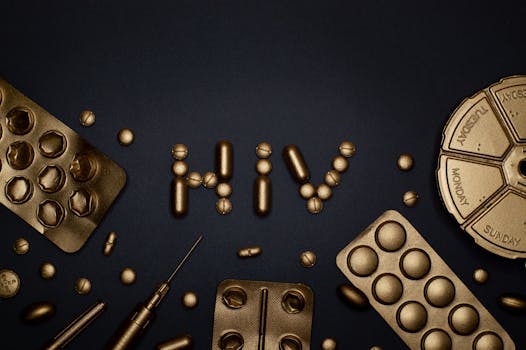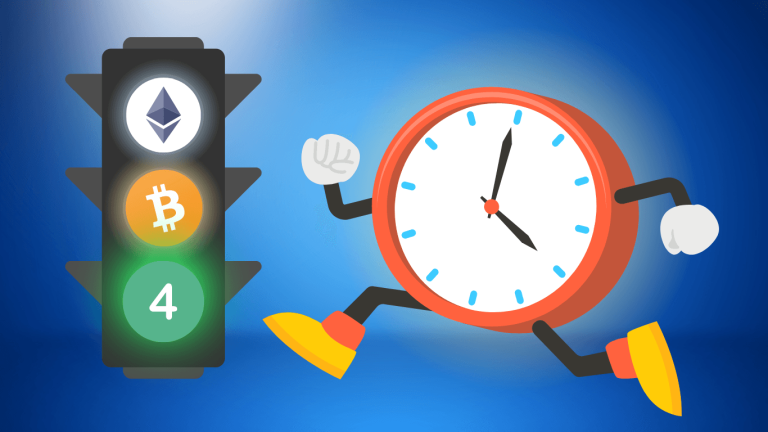
Introduction

The science behind vaccines and public health is a fascinating topic that involves understanding how vaccines work to protect individuals and communities from infectious diseases. Vaccines have been one of the most significant public health advancements, drastically reducing or eliminating many diseases that once claimed countless lives.
How Vaccines Work

At the heart of vaccines is the principle of immunization. Vaccines stimulate the immune system to recognize and combat pathogens, such as viruses and bacteria, without causing the disease itself. They contain antigens, which are weakened or inactivated parts of the pathogen, or pieces of its genetic material. When introduced into the body, these antigens provoke an immune response, leading to the production of antibodies.
This immune memory is crucial. If the vaccinated individual is later exposed to the actual pathogen, their immune system can quickly recognize and eliminate it, preventing illness. This process is known as herd immunity, where a significant portion of the population becomes immune, thereby protecting those who cannot be vaccinated.
The History of Vaccination

The concept of vaccination dates back to the late 18th century, with Edward Jenner’s smallpox vaccine marking the beginning of immunization. Over the years, vaccines have evolved, leading to the development of vaccines for diseases such as measles, mumps, rubella, and more recently, COVID-19. Each vaccine’s development involves rigorous testing for safety and efficacy before it can be approved for public use.
The Role of Vaccines in Public Health

Vaccines have played a vital role in reducing the incidence of infectious diseases globally. For instance, the introduction of the polio vaccine led to the near-eradication of the disease in many parts of the world. Public health campaigns emphasize the importance of vaccinations, not only for individual protection but also for community health.
Furthermore, vaccination programs have contributed to health equity by reducing disparities in disease prevalence among different populations. Access to vaccines is crucial in preventing outbreaks and protecting vulnerable populations, including infants, the elderly, and those with compromised immune systems.
Challenges and Misconceptions

Despite the proven benefits of vaccines, misconceptions and misinformation continue to pose challenges. Vaccine hesitancy, fueled by concerns over safety and efficacy, can lead to lower vaccination rates and increased susceptibility to outbreaks. Public health officials and healthcare providers play a crucial role in addressing these concerns through education and outreach.
Conclusion

In conclusion, the science behind vaccines is a testament to human ingenuity in combating infectious diseases. Vaccines are not just a personal health choice; they are a collective responsibility that protects public health. Understanding how vaccines work and their historical significance can empower individuals to make informed decisions and contribute to a healthier future for all.





